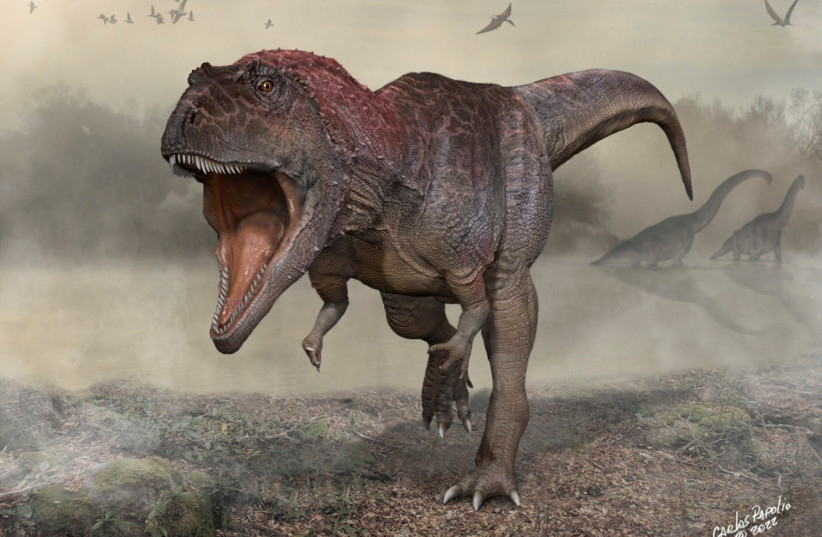In March 2022, a study published in Evolutionary Biology claimed that the tyrannosaurus rex should actually be classified as three different species. A July study in the same journal has now refuted that claim.
The new study came out of the American Museum of Natual History and Carthage College. “Tyrannosaurus rex remains the one true king of the dinosaurs,” said study co-author Steve Brusatte, a paleontologist at the University of Edinburgh who conducted his Ph.D. work at the Museum.
“Recently, a bold theory was announced to much fanfare: what we call T. rex was actually multiple species. It is true that the fossils we have are somewhat variable in size and shape, but as we show in our new study, that variation is minor and cannot be used to neatly separate the fossils into easily defined clusters.
"Based on all the fossil evidence we currently have, T. rex stands alone as the single giant apex predator from the end of the Age of Dinosaurs in North America.”
“The boundaries of even living species are very hard to define: for instance, zoologists disagree over the number of living species of giraffe,”
Study co-author Thomas Holtz, from the University of Maryland

The study from March, based on analyses of the leg bones and teeth of 38 T. rex specimens, claimed that the T. rex should be classified into:
- the standard T. rex;
- the bulkier T. imperator;
- the smaller T. regina.
In contrast, the new study incorporated that data as well as data from 112 species of living dinosaurs - birds - and four non-avian theropods (birdlike) dinosaurs.
“[The March 2022] study claimed that the variation in T. rex specimens was so high that they were probably from multiple closely related species of giant meat-eating dinosaur,” explained James Napoli, co-lead author of the rebuttal study and a graduating doctoral student in the Museum’s Richard Gilder Graduate School.
“But this claim was based on a very small comparative sample. When compared to data from hundreds of living birds, we actually found that T. rex is less variable than most living theropod dinosaurs. This line of evidence for proposed multiple species doesn’t hold up.”
What makes a species?
The original research claimed that the variation in size of a certain tooth and the shape of the femur indicated variation in species. However, the new study was unable to replicate the findings with expanded data.
“The boundaries of even living species are very hard to define: for instance, zoologists disagree over the number of living species of giraffe,” said co-author Thomas Holtz, from the University of Maryland and the National Museum of Natural History.
“It becomes much more difficult when the species involved are ancient and only known from a fairly small number of specimens. Other sources of variation—changes with growth, with region, with sex, and with good old-fashioned individual differences—have to be rejected before one accepts the hypothesis that two sets of specimens are in fact separate species. In our view, that hypothesis is not yet the best explanation.”
